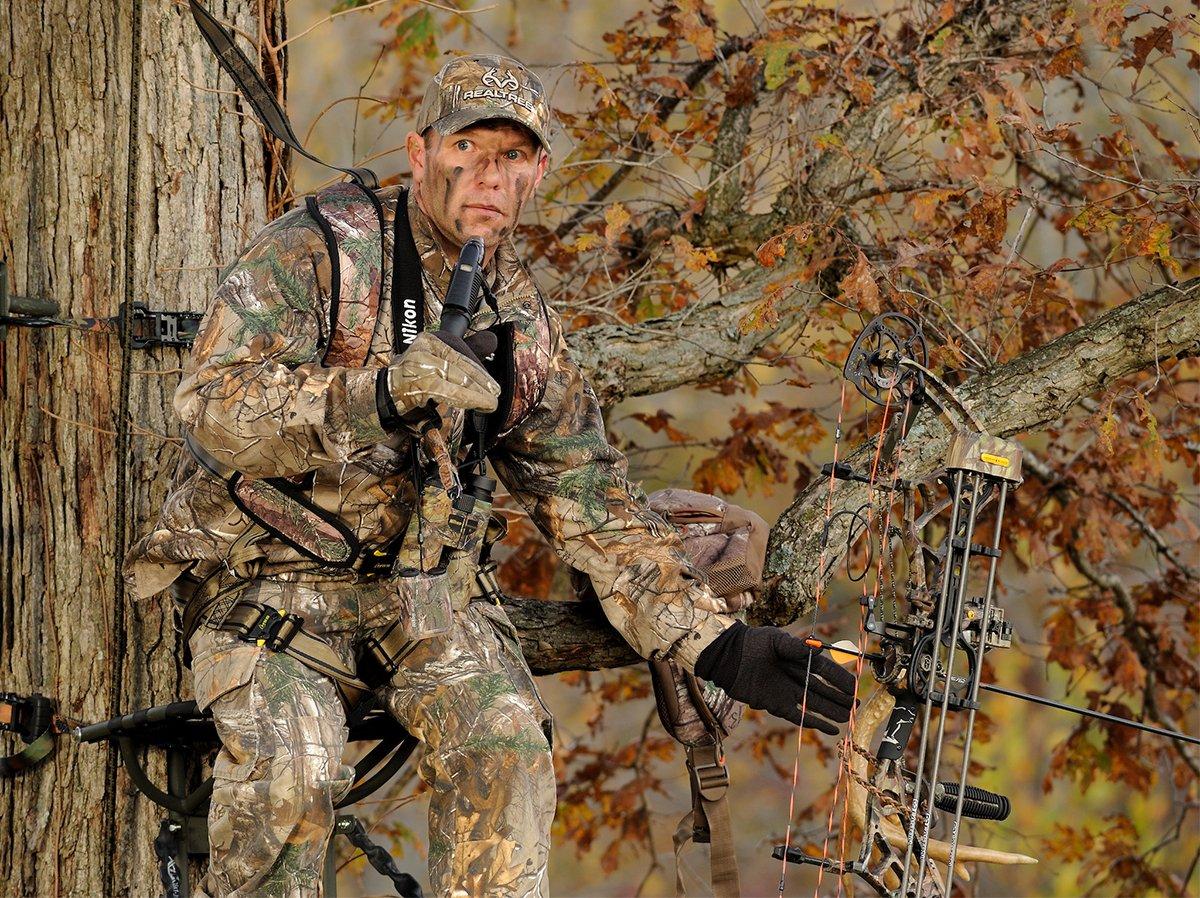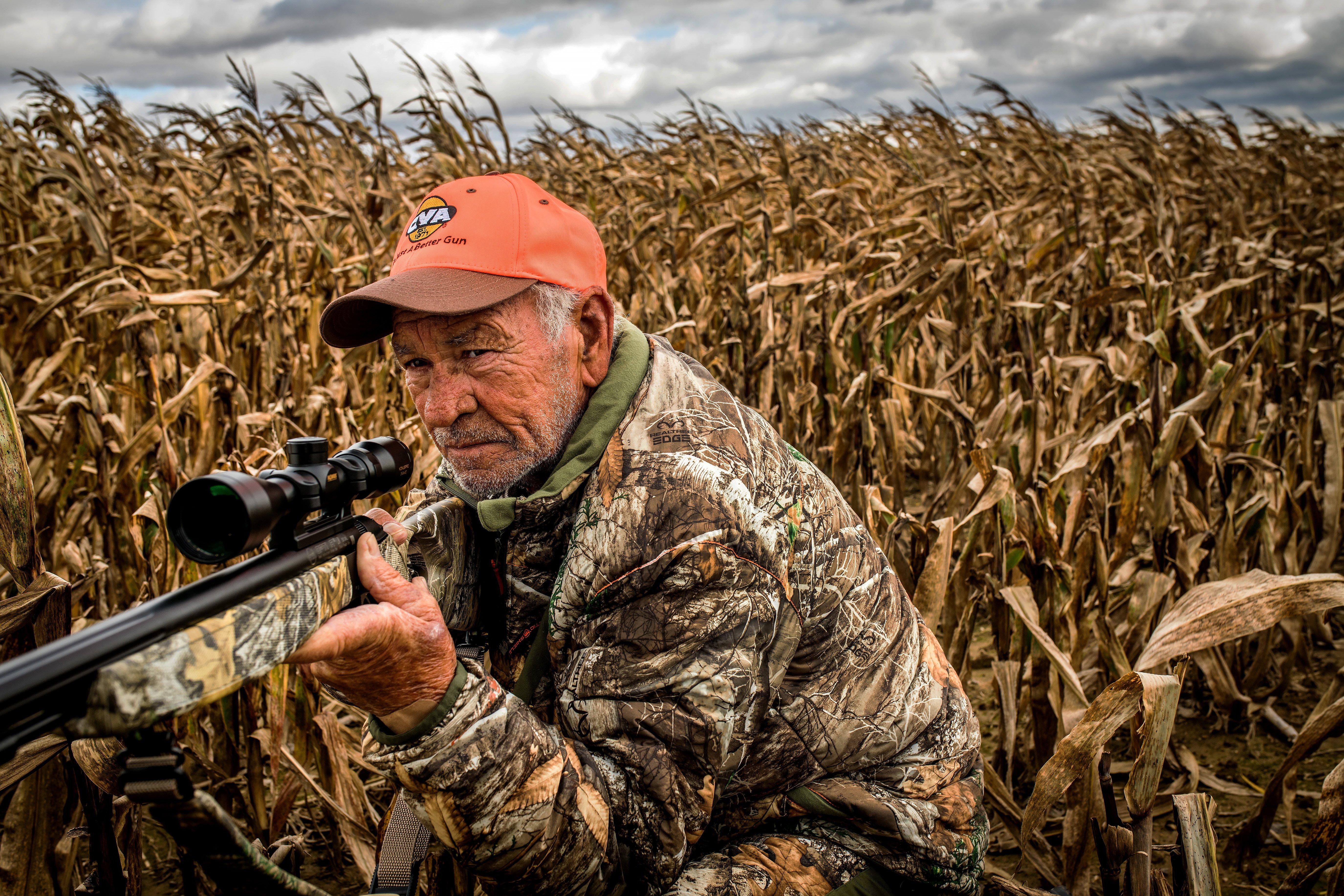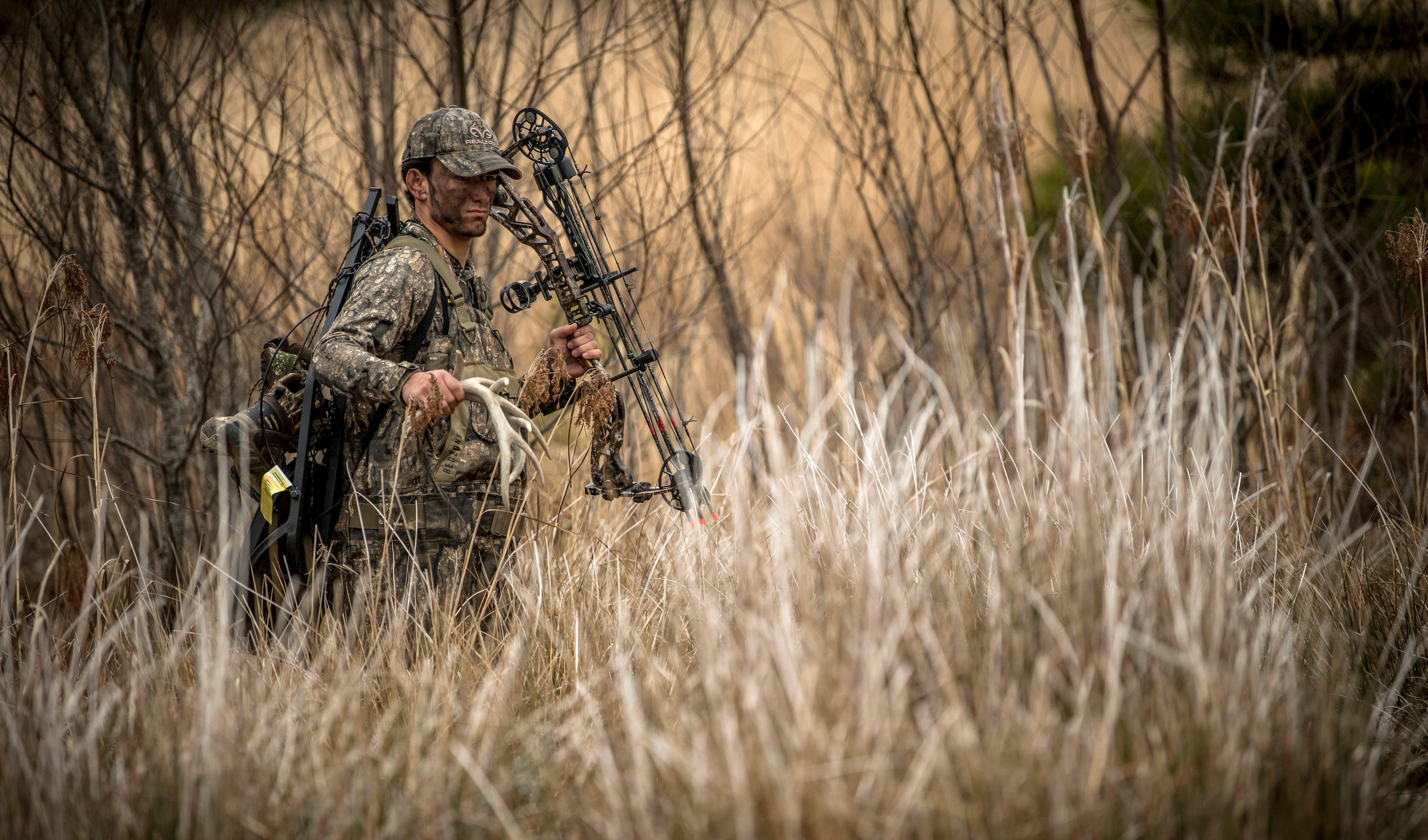Do You Use Terrain to Your Advantage?

Back in the mid-1980s, a tremendous buck lived in the large range of hills near my home in southern Indiana. I knew this because I'd seen the sheds from the massive 12-point that a farmer had found. My problem, however, was that there were few deer in the several-square-mile region, and this buck could be literally anywhere. As the 1987 archery season began, the challenge I faced was how to get a crack at this Booner buck.
The game plan I formulated was to station myself in different saddles somewhat in the middle of this huge area, being careful to hunt each saddle only when the wind was perfect. Since a saddle is a low spot in a ridgeline, I knew that this was the easiest route for a buck to take when traveling from one valley to another when he was out searching for does.
And I knew this buck would be out searching for does because there were few deer in my home county at that time. For example, during the 1986 season, I'd made 45 deer hunts and sighted only 65 whitetails in the entire season. That's slim pickings.
When archery season started, I implemented my plan. Hunt after hunt resulted in dismal results, but I hung tough in the saddles. On November 12, I took stand in a high saddle in a north/south ridge, determined to hunt all day. At 12:52 p.m., I heard a deer coming from the hollow to the west. A huge buck -- the buck -- was standing in the saddle. I was finally able to get a shot at the brute and, sadly, ended up shoulder-shooting the deer. It survived, as most shoulder-shot deer do, and tragically it was killed by a van on a nearby highway the next year. The 12-pointer netted 182 inches. Woe is me.
1. Why Saddles Sizzle
I've related this story to show that a saddle can give you an opportunity at a trophy buck even when you are hunting a region several square miles in size. Overall, in hilly regions, the saddle is the hottest funnel you can hunt. Now let's see how to identify them, and how to hunt them.
If you drive through a hilly region, some low spots, or saddles, in ridgelines near the roads will be visible to the eye. Just like the saddle on a horse, they go down, then back up. Other saddles in a hilly region, however, are hidden from view and can only be discovered by extensive walking, or better yet, by the use of a topographical map. I use topo maps extensively in hilly regions, and they will tip you off to almost all saddles within a region.
2. Using a Topo Map
These maps have elevation contour lines shown in 10-foot intervals. Every 50 feet, the contour elevation line is bold, allowing you to count elevation changes quickly in 50-foot changes. When looking at a topo map of a hilly region, look at the ridges. When a ridge goes along, the elevation drops, and then it goes back up, you have discovered a saddle.
Some of these saddles will drop only slightly (a high saddle), others will drop more deeply, and some may drop significantly before coming back up (a deep gap saddle). Each can carry considerable deer movement. A point to keep in mind at this time is that many saddles don't show much deer sign such as rubs and scrapes, and the trails may appear to be only slightly used.
Don't pay any attention to this lack of sign because deer often move through saddles rather quickly and not much sign is left. I can assure you that some dismal-looking saddles can crank out some super bucks, especially during the midday hours during the rut and post rut.
3. Form a Hunting Plan
Once you have marked all the saddles you can find in a hilly region, next you must put together your plan of attack. First of all, lay your map down facing directly north and lay a compass on top of it. This will enable you to get an idea of the wind directions that can be used to hunt each saddle. Once this is done, then your entry/exit methods to and from stands must be determined. Oftentimes, this requires actually walking the area, and this is why I encourage whitetail hunters to do their scouting after the season.
Sometimes you will find that the deer aren't using the top of the ridge and this entry can be used to drop into the saddle. Old logging roads are great for top-of-the-ridge entry. Other times, you will find that there is a deer trail running the length of the ridge and it, of course, goes through the length of the saddle. In this case, coming up a small stream that leads up to the saddle may be the best way to get into the saddle.
Typically, deer trails meander up to the saddle from hollows below on each side of it, and they then cross in or near the middle of the saddle. Sometimes it is unavoidable to cross one of the deer trails while approaching your stand site. If I have to cross a trail, I try to pick the one with the least amount of deer traffic.
4. Timing Saddle Hunts
Certain conditions, such as where the saddle is located and how much timbered terrain it connects, will affect the time of day the saddle will produce the most action. Without question, in large forested areas, saddles experience great trophy-buck movement during the midday hours when bucks are out searching in the rut and post rut. Keep in mind though that saddles can also be good in early and late season.
At other times, deer may bed in a hollow on one side of a saddle, and then come up through the saddle to go to farm fields on the other side. In this saddle, an evening hunt can be electrifying. Each saddle is different, and in the end, each one must be hunted to unravel the deer movement pattern, and the time of day the saddle is used most often.
Saddles are hard work and are not for the faint of heart because they are typically located in steep, rough terrain. Despite this, once you mark and figure out how to hunt several saddles in your region, you will find the rewards to be great. In the hills, nothing beats shooting from the saddle.
5. Wind Work
Even though a saddle is a low spot in a ridgeline, it is still high enough above the hollows that the wind comes from a consistent direction. However, be aware that as the wind comes up a hollow leading to the saddle that the hollow serves as a velocity stack, and the wind speed increases as it goes through the saddle. If not dressed properly, you can absolutely freeze to death while riding the saddle. Dress extra warmly.
Because saddles squeeze deer movement down to a narrow corridor, they are excellent ambush sites for both the bow and firearm hunter. Since hillsides may often drop off steeply on each side of some saddles, be aware that treestand height may need to be increased by a few feet. Be careful.
Don't Miss: 20 Deer Hunting Lies Your Granddaddy Told You
Editor's Note: This was originally published on September 28, 2006.
Are you a deer hunter wanting to learn how to accomplish your goals? Check out our stories, videos and hard-hitting how-to's on deer hunting.









































